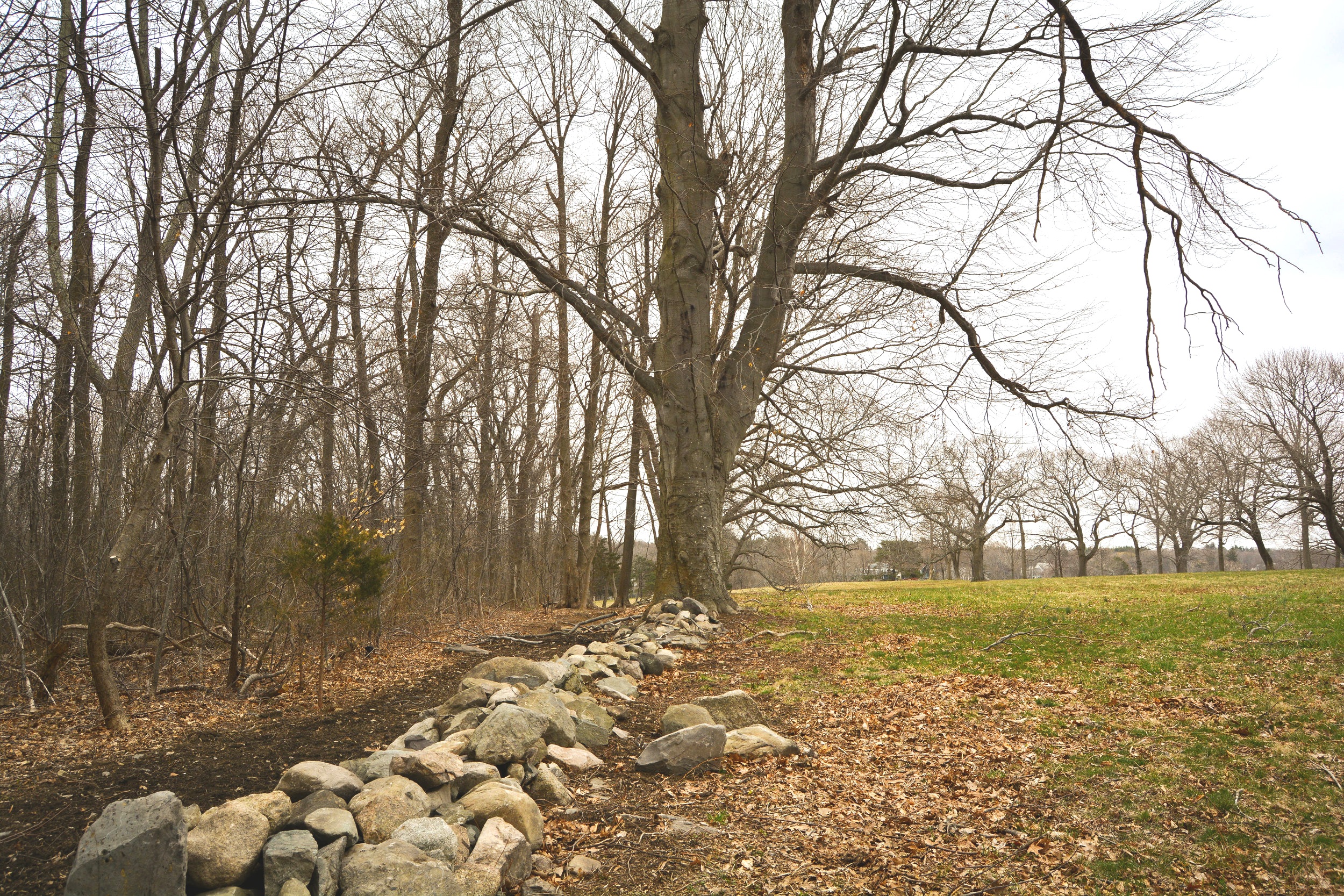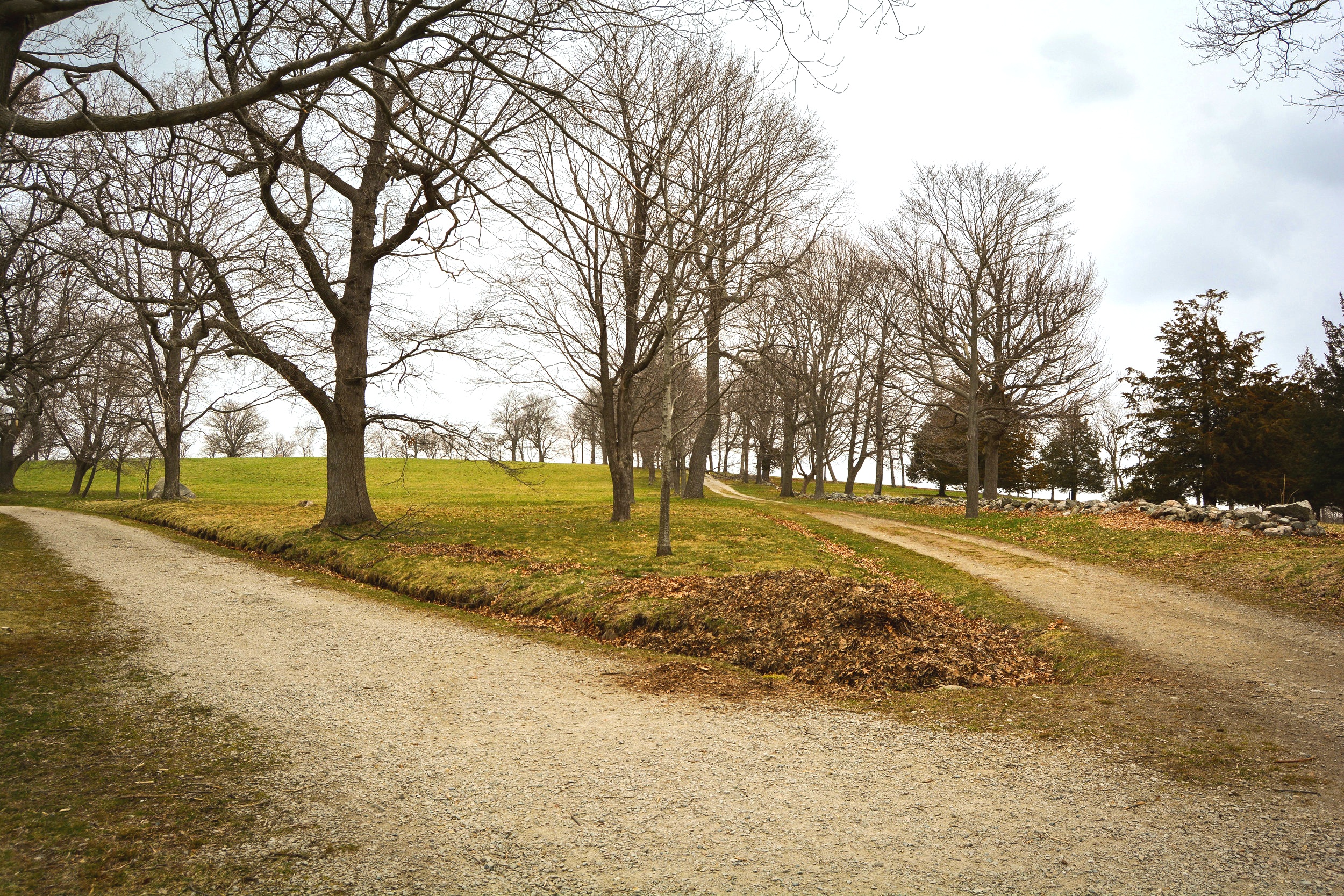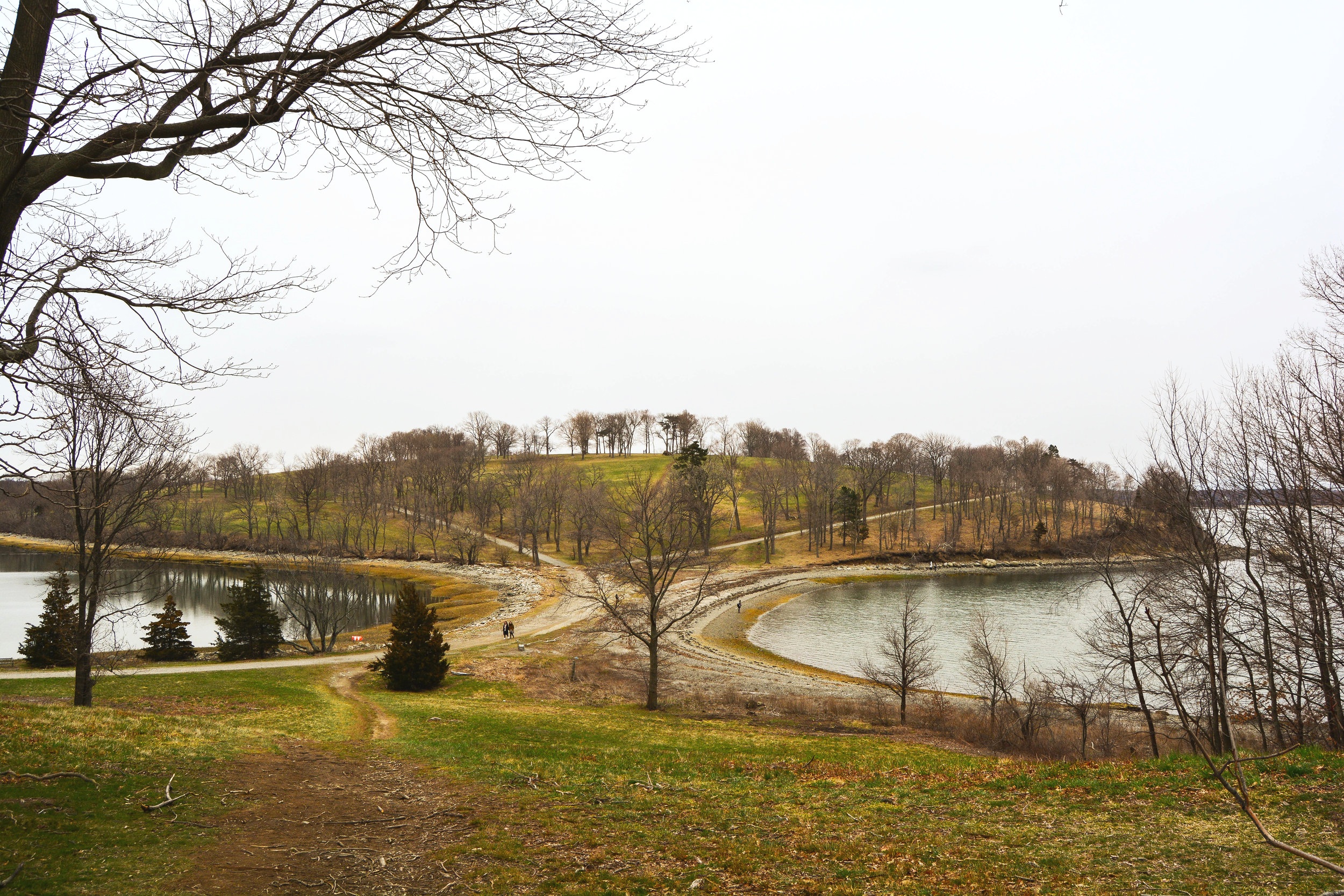What is the unbuilt? Both historically and contemporaneously, many of the visions and projects of architects come to life only as drawings or sketches. The reasons are many: budgetary concerns, client expectations, engineering difficulties, etc... However, often times the memory of these spaces and places remain as a trace of what could have been. These memories manifest themselves from time to time when construction may have started only to never finish. One such space is World’s End, located in Hingham, Massachusetts, just south of Boston.
World’s End was originally an island before it was dammed by famers and filled to create new agricultural pasture in the late 19th century. After a few decades of farming, the site was commissioned to Frederick Law Olmsted, Sr. to envision and design a high-end residential subdivision with views of Boston through Hingham Bay. Olmsted was no stranger at this point in his career to designing subdivisions with sweeping carriage roads and hedgerows of towering shade trees. However, the subdivision was never fully realized. What is left today is a striking hidden park where one can follow the first lines of Olmsted’s hand on the carriage rows and the aging giant shade trees lining the road. Even further, the land is subject to what could have been, as it was also a finalist for the United Nations Headquarters in 1945, and later on a nuclear power plant.
Each chapter of World’s End’s history can still be seen and felt, even if just for a moment of time. Each day and with each ripple in the water, the site’s land bridge still echoes the tidal shifts illustrating the initial damming by farmers. Large rocks take log of these tidal shifts with stains on their faces. And while the roads and trees of Olmsted still frame the landscape, ecologies old and new are taking back the land. One can see the fragmented woods creeping back together and marshlands taking back the land that was once theirs.
Our landscapes, built and unbuilt, are testaments to visions, shifts in use, and the ever-evolving concept of what could be. Over time, these spaces evolve, perpetually telling new stories in their chapters. In a space like World’s End, we are able to bear witness to a framework come to life without the full build out or vision complete. We as landscape architects can champion these histories and articulate them in new ways for modern and future audiences and help to build a larger narrative of how we as humans, and the land itself, shape the world we live.
William Baumgardner is a Landscape Designer at Stoss Landscape Urbanism.




